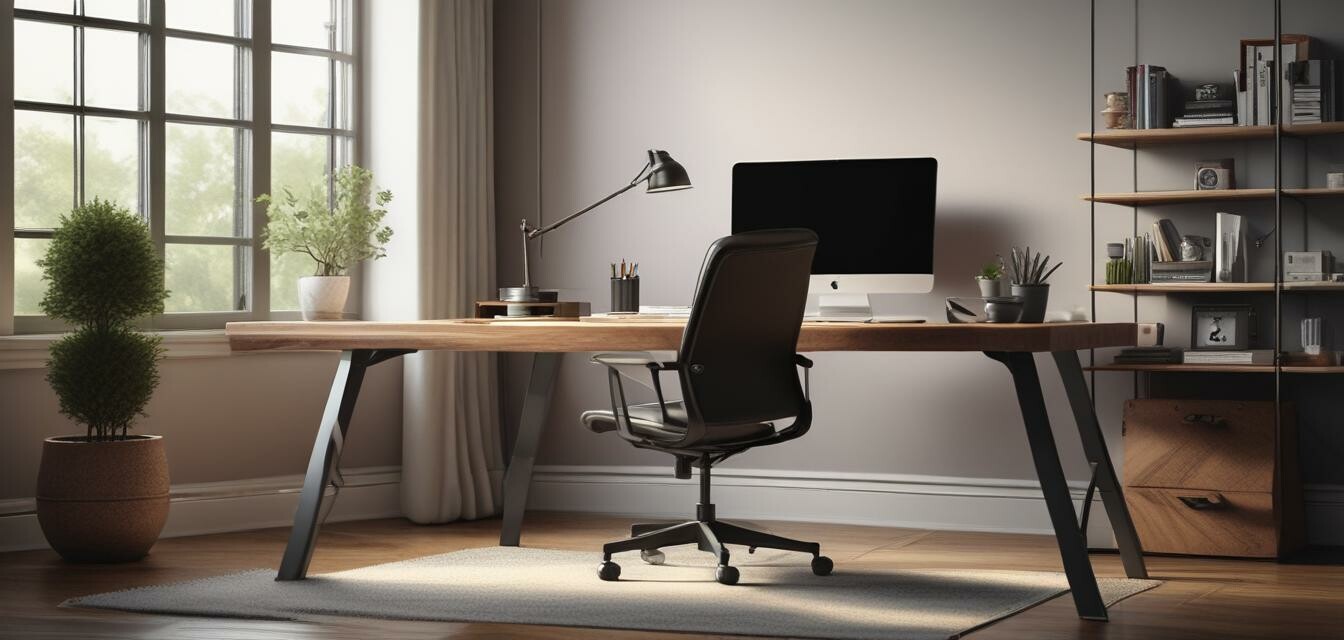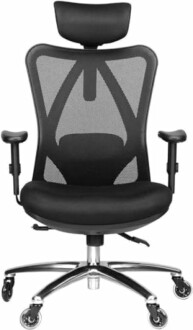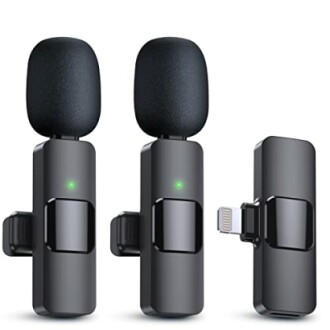
Guide to Ergonomic Arrangements for Your Home Office
Key Takeaways
- Choose an adjustable ergonomic chair for maximum comfort.
- Position your monitors at eye level to reduce neck strain.
- Utilize cable management solutions to declutter your workspace.
- Incorporate ergonomic accessories like keyboard trays and wrist rests.
- Ensure proper lighting to minimize eye strain.
Creating an ergonomic home office is essential for maintaining comfort and productivity during long work hours. An ergonomically arranged workspace not only boosts your efficiency but also prevents the development of strains and injuries arising from poor posture and inadequate setups. This guide will provide you with practical tips on creating a comfortable and ergonomic workspace tailored to your needs.
The Importance of Ergonomics in Your Home Office
When you work from home, it's easy to overlook the setup of your workspace. However, an ergonomic arrangement is crucial for your health and productivity. Good ergonomics can:
- Reduce the risk of injuries related to repetitive strain.
- Enhance focus and concentration, leading to higher productivity.
- Improve overall job satisfaction by providing comfort.
Setting Up Your Ergonomic Home Office
Step 1: Choose the Right Desk and Chair
Your chair should support your back and promote good posture. A particularly effective option is the Duramont Ergonomic Office Chair, featuring adjustable settings to suit different body types.
Duramont Ergonomic Office Chair
Enjoy maximum comfort and support with this highly adjustable ergonomic chair featuring lumbar support, breathable mesh, and rollerblade wheels.
Learn MoreStep 2: Monitor Placement
Monitors should be positioned at eye level to prevent neck strain. Use monitor risers if necessary and ensure that your screen is about an arm’s length away. If you are using a multi-monitor setup, consider visiting our page on multi-monitor setups for additional tips.
Step 3: Ergonomic Accessories
Adding the right accessories can greatly enhance your workspace's ergonomics:
- Keyboard and Mouse Trays: Adjust their height to keep your wrists straight while typing.
- Wrist Rests: Support your wrists and reduce strain.
- Cable Management Solutions: Organize cables to keep your desk clutter-free and safe.
Enhancing Comfort with Technology
Technology can also enhance your home office ergonomics. For instance, consider using a wireless microphone like the PQRQP 2 Pack Wireless Lavalier Microphones for crystal clear sound during meetings or recordings.
PQRQP Wireless Lavalier Microphones
Capture audio clearly while recording or streaming with these hassle-free wireless mics designed for iPhone and iPad users.
Learn MoreCreating a Functional Workspace
Design your workspace to minimize distractions:
- Choose a quiet area free from interruptions.
- Ensure proper lighting to reduce eye strain.
- Add personal touches while keeping the space professional.
Conclusion
Investing time and resources into arranging your home office ergonomically can lead to a significant improvement in comfort and productivity. With the right adjustments, you can create a workspace that not only looks great but also supports your body’s needs throughout the workday.
DIY Tips for an Ergonomic Home Office
- Use books or boxes to elevate monitors if a riser is not available.
- Incorporate plants to enhance air quality and visual comfort.
- Take regular breaks to stretch and move around your workspace.
Further Reading
If you're looking for more ways to improve your home office, check out our other resources on:

